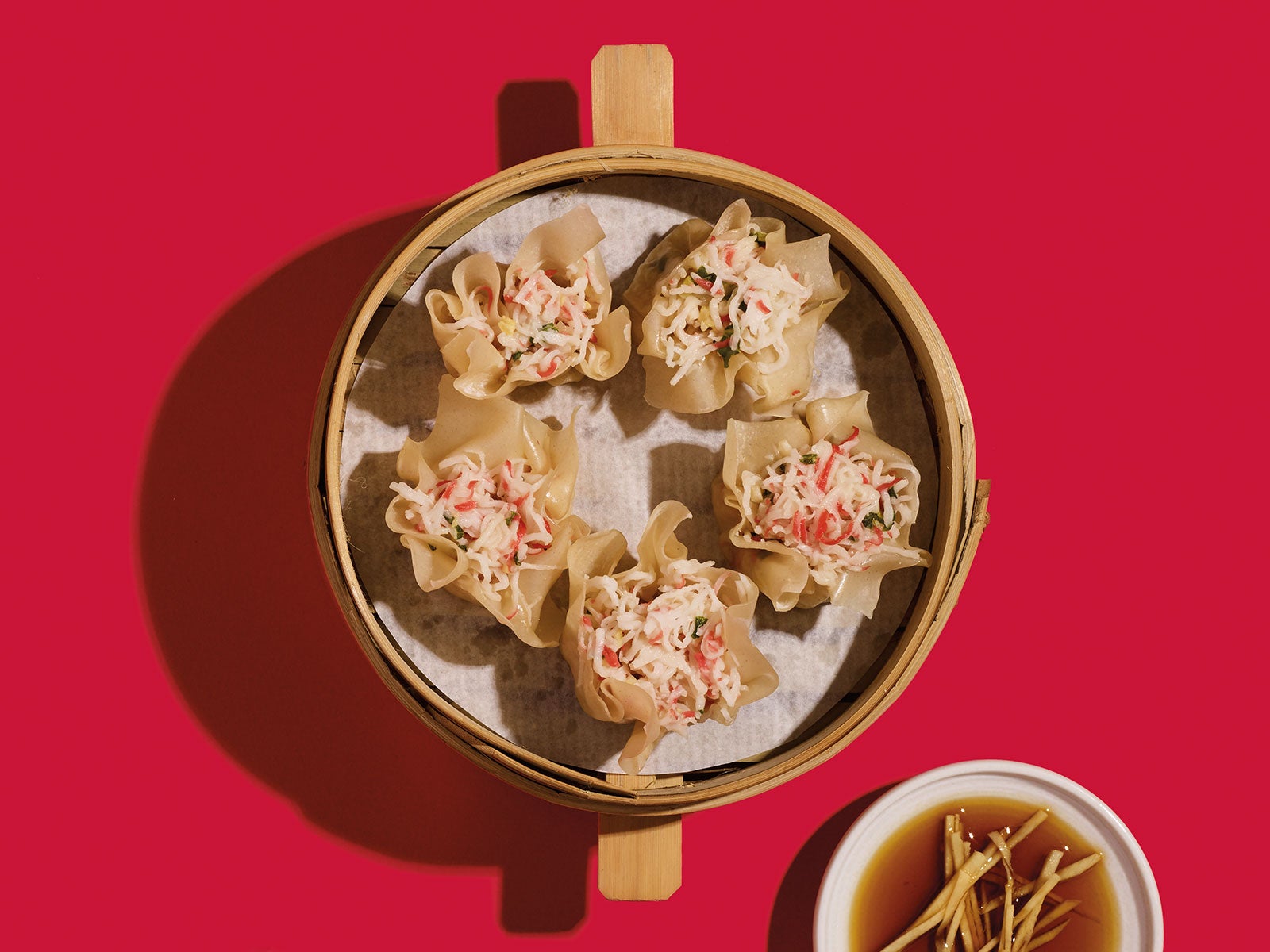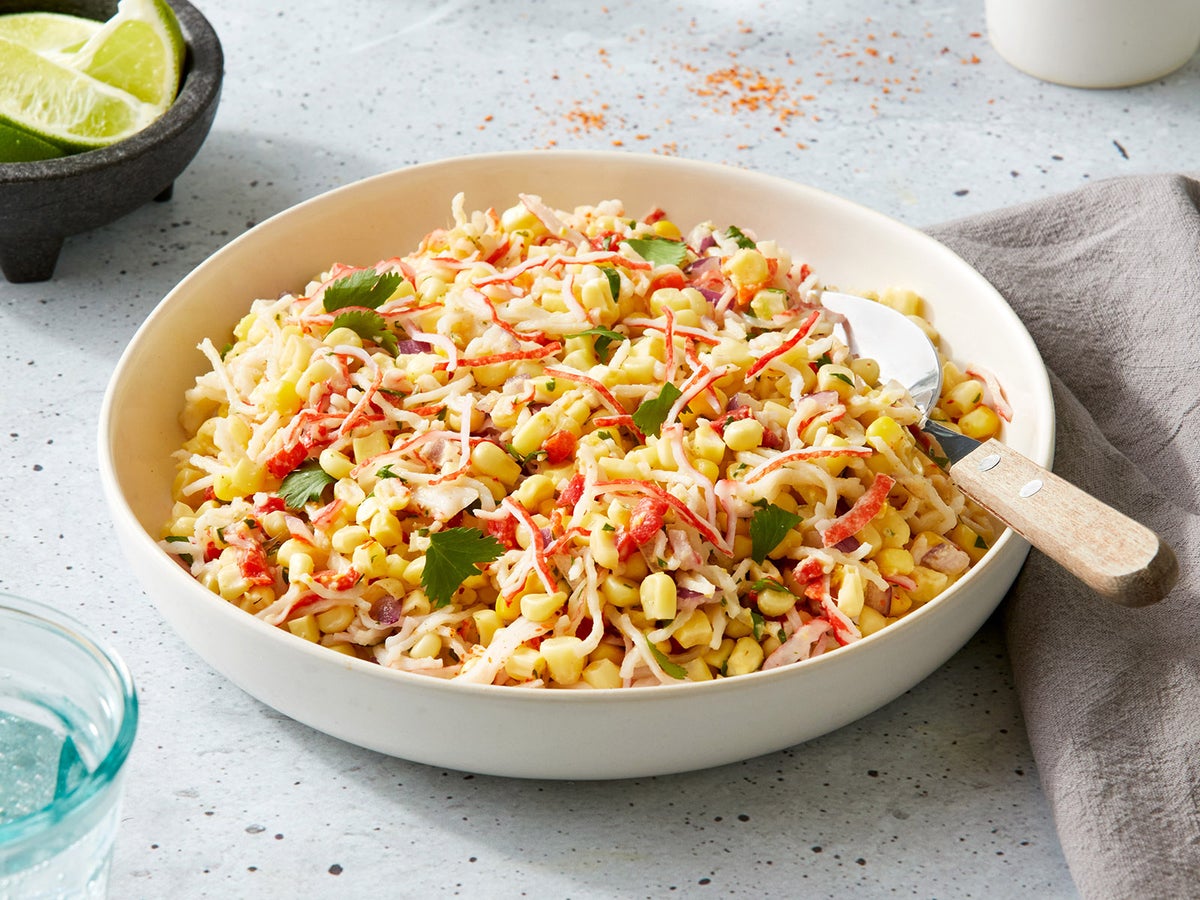FAQs
There's an increased risk of food safety and allergy issues with imitation crabs since many surimi manufacturers don't list the ingredients accurately on the packages. In fact, some studies have also found mislabeled surimi products containing fish that can cause seafood illnesses like ciguatera poisoning.
Are surimi snow crab legs real? ›
Just like the name implies, imitation crab contains no crabmeat. Fish is, however, one of the main ingredients. It is made using surimi, which is a paste made of fish and a few other ingredients. Surimi is often made with pollock, which is also used to make fish sticks and breaded fish products.
How do you eat surimi snow legs? ›
Once your surimi snow crab legs are cooked to perfection, it's time to indulge! Serve them hot, accompanied by melted butter and a squeeze of fresh lemon juice. These crab legs pair well with a side of steamed vegetables, a crisp green salad, or even some garlic butter pasta.
Is surimi real seafood? ›
Imitation crab is made from surimi, which is fish flesh that has been deboned, then minced into a paste, and mixed with other ingredients. It's an affordable alternative to real crab, but it's highly processed and lower in certain nutrients.
Is surimi high in mercury? ›
Surimi generally contains low levels of mercury, and imitation crab for pregnancy is likely safe in moderation. However, due to the high amount of additives found in imitation crab, it's best to minimize your intake and check with your doctor before consuming if you're pregnant.
What kind of fish is surimi? ›
Surimi is a white fish paste that is typically made from demersal fish (fish that live near the seafloor) like wild Alaska pollock, Atlantic cod, haddock, hake, and others. The fish is first deboned and washed, then minced into a paste.
Why does surimi taste like crab? ›
Imitation crab is predominantly made with surimi, which is basically a fish paste. It encompasses a blend of fish flakes and other fishy parts, often based in other ingredients, such as mayo, to create a crab-like texture base.
Can you eat crab surimi raw? ›
Can you eat imitation crab raw? Yes. It is pre-cooked, so you are able to eat it straight from the package. Many people use it as part of a larger recipe though, adding it to cream of crab soup, crab Rangoon or crab salad.
How can you tell fake crab meat? ›
The easiest way to know if what you're buying is real or not is to read the label. Imitation crab is often labeled as "crab sticks" or "krab," if not clearly marked as "imitation." If the front of the carton isn't clear, be sure to flip the package over and read the ingredients.
Does surimi need to be refrigerated? ›
Product should not be kept out of refrigeration more than 2 hours. How long will a refrigerated product keep in my refrigerator? An unopened and intact (still tightly vacuum-packed) package kept below 38°F can be kept until the 'use by' or 'sell by' date on the package.
Imitation crab meat, also known as surimi, is typically precooked during the manufacturing process. As a result, it can be consumed without further cooking, although it is often reheated or served cold in various dishes.
Do you rinse snow crab legs before cooking? ›
Wash your crab legs with water to make sure you get rid of any sand or grit on the shell. Fill the bottom of a steamer pot with about 3 inches of water. Once the water is boiling, add the crab legs to the steamer basket and reduce the heat so the water is simmering.
Are surimi unhealthy? ›
Imitation crab meat or surimi is made of fish (usually pollock), starch, sugar, egg whites and flavorings. There are no real safety issues in eating large amounts of it other than the normal dangers of overeating, unless you have allergies to fish, shellfish, or eggs and that it is fairly high in sodium.
What is the seafood at Subway made of? ›
Surimi seafood is in more dishes than you think. It's one of the main ingredients in Subway's Seafood Sensation sub. You'll get the sensation it's mostly not crab! According to SeafoodSource, the sandwich is 10% real crabmeat and 90% surimi made from Alaskan pollock.
What is the name of fake crab meat? ›
Most imitation crab products will be labeled as "imitation." However you may see it go by many names, both in grocery stores and in restaurants, including "crab sticks," "crab-flavored seafood," "surimi seafood," "krab," and in Japan it is known as "kamaboko."
What are the benefits of surimi sticks? ›
Benefits and Nutrition
Surimi products are naturally low in calories, fat, and cholesterol and provide complete protein. For added convenience, they are fully cooked and ready to eat directly from the package or can be added to any recipe without additional preparation.
Is surimi processed? ›
Surimi is considered to be an 'intermediate' product because it is usually further processed to make various kamaboko products and seafood analogs, such as imitation crab meat and lobster.
How can you tell if surimi is bad? ›
The most obvious sign that imitation crab has gone bad is a fishy smell, so toss it out if the odor is strong. Whenever leftovers look slimy or taste sour you can bet the imitation crab is past its prime and needs to go in the garbage, even if you haven't reached the sell-by date that's on the package.
Is surimi high in purines? ›
Mollusca contained low levels of purine bases with a mean value of 84.1 ± 31.3 mg with the exception of cuttlefish. Surimi products had the lowest levels of purine bases at 53.1 ± 27.8 mg, possibly due to the solbilization of some bases by washing during processing.


